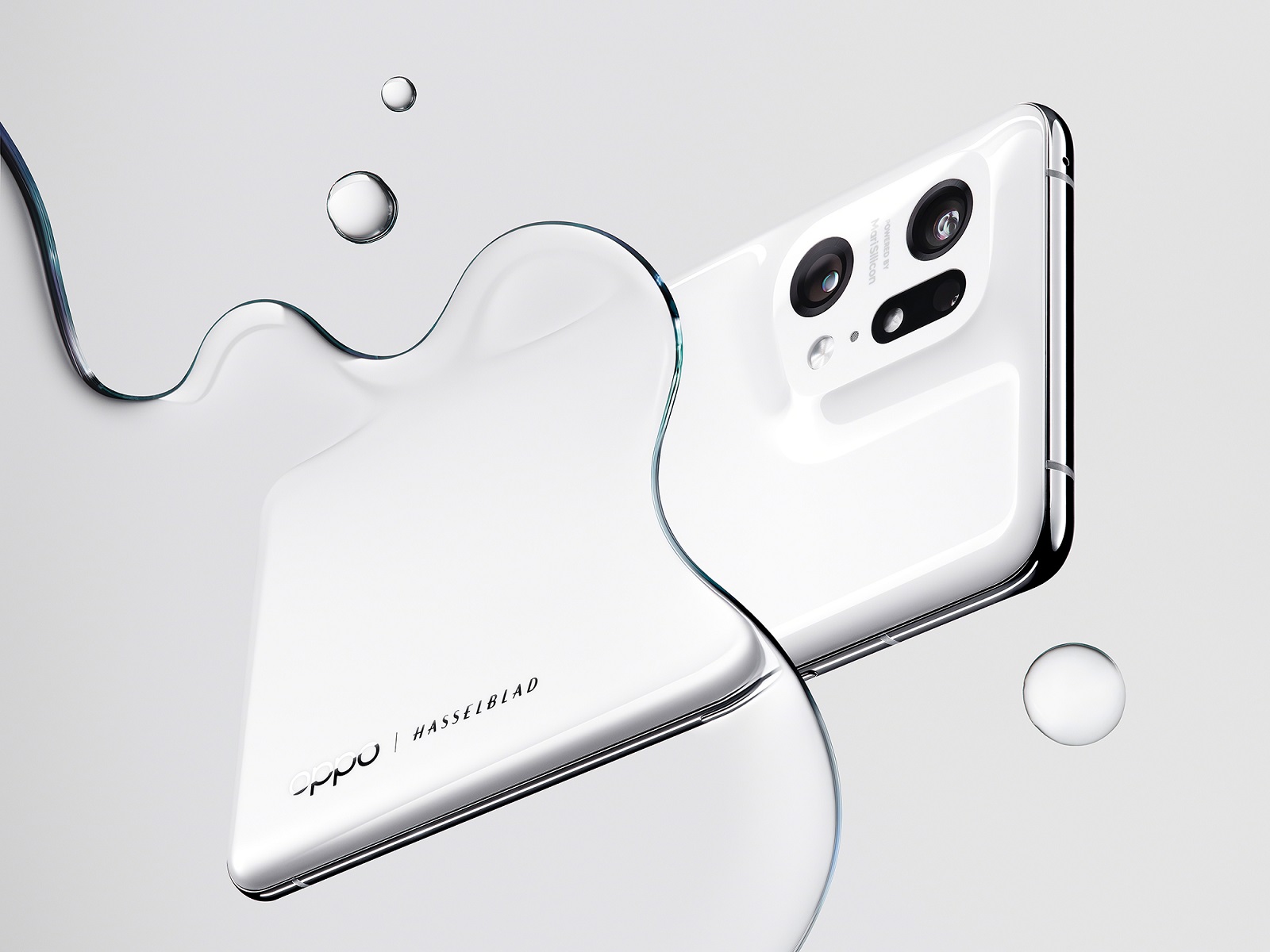OPPO’s latest flagship smartphone, the Find X5 Pro 5G launched recently, boasting the latest and greatest in smartphone camera technology. The dual flagship 50MP Sony IMX 766 sensors, MariSilicon X, OPPO’s first self-developed Imaging NPU and Five-axis OIS features contribute to stellar picture-taking capabilities never seen before. To top it off, OPPO has partnered with world-leading photography experts Hasselblad to offer its users the best in class.
Over the past decade, cameras have gone largely digital, as technology companies push the limits of Artificial Intelligence (AI) and image processing to offer convenience over form factor. However, the strides made in film photography cannot be underestimated, as nothing beats the larger sensors and capabilities of a traditional camera. Understanding this, OPPO collaborated with Hasselblad in an attempt to bring the best of both worlds through the Find X5 Pro 5G.
Thanks to the knowledge exchange between both parties, Find X5 Pro 5G users have access to take classic photos reminiscent of the film camera, from the convenience of their mobile device. One of the key features that make this possible is the XPan Mode. The XPan was originally an extremely unique camera with the advantages of a 35mm format but also the ability to swiftly change to a full panorama format without changing the film. This legendary camera, highly popular among photography enthusiasts, shoots in a unique 65:24 aspect ratio – producing pictures that are longer with a unique, artistic effect. As a result of the partnership, OPPO managed to replicate this feature on the Find X5 Pro 5G to exhibit a world “less square”, while giving users the option of switching between colour and monochrome in the XPan Mode.

The coming together of both brands sees three new master filters, bringing realistic SLR-like, professional color profiles and styles to mobile photography. The first of which is Serenity, where pictures are given a more peaceful tone by deepening the blacks of darker areas without compromising detail. The second filter is called Radiance, which does somewhat the opposite, and brightens pictures without overexposing them. Lastly, there is Emerald, that places an emerald-coloured tint, giving it a classic look and feel of a picture taken by a traditional film SLR camera.



Aside from the XPan Mode and the three Master Styles, Hasselblad has also brought its expertise in colour calibration to the Find X5 Pro 5G. Relying on the device’s new 13-channel colour sensor, replacing the 5-channel sensor on its predecessor, OPPO also uses a glass front element on the Find X5 Pro 5G’s cameras. Together, these elements work seamlessly to produce the most natural skin tone possible for professional film-level photography. Not to mention, Hasselblad fans will also recognise the familiar user interface and leaf shutter sound.
Overall, it is clear to see Hasselblad’s influence on OPPO’s direction when it comes to photography. It cannot be denied that film cameras will always have a special place in our hearts, and while digital cameras strive to push the boundaries of technology and innovation to achieve greater capabilities, it is important to learn from industry stalwarts. This partnership is purely the beginning of OPPO’s dedication to improving its smartphone camera abilities and will continue to be the way forward in breaking new ground with Hasselblad.
To know more about OPPO Find X5 Pro 5G, visit https://www.oppo.com/my/smartphones/series-find-x/find-x5-pro/.


